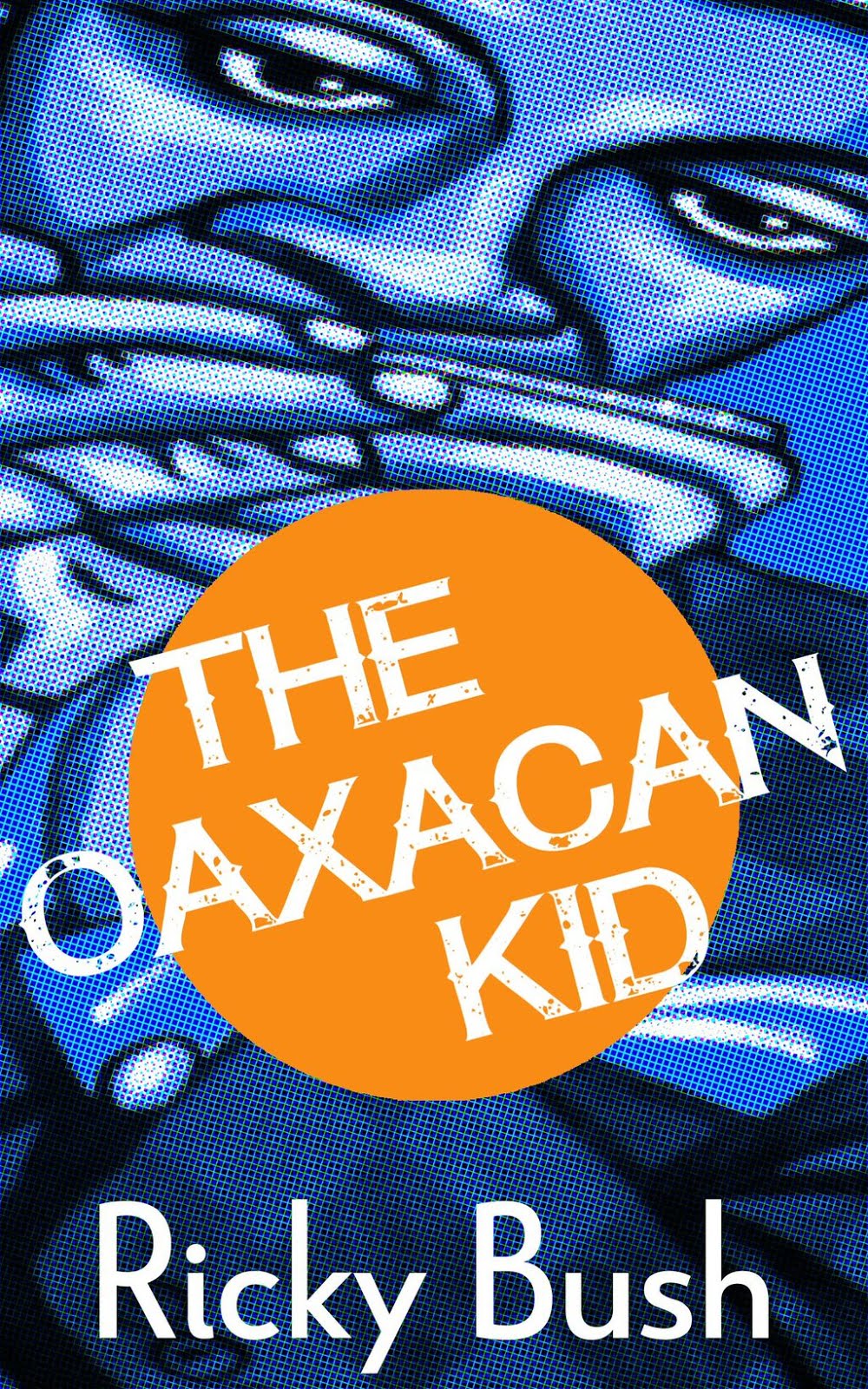Now, the reason for this post is due to the fact that my daughter, Megan called shortly after she and her husband, Brad, arrived in Fredricksburg and after spending Christmas with us. It seems that she was calling from the Hill Top Cafe and wanted to know if I knew who Johnny Nicholas was because they were perusing his CDs on display and needed to know if she could purchase one for me. They were visiting that fine city to meet Brad's mom, Melynn. I told her that, yes, I knew who Johnny was and that they were in his cafe and which CD she should buy me. Most of the Johnny Nicholas I have is in his sideman role backing up blues legends such as Johnny Shines, Snooky Pryor, and Big Walter. I have his Broke Again (which is excellent) and told her to grab Thrill on the Hill for me and to grab a chat with Johnny if she could and tell him that she was the daughter of one of his fans. She said that it looked like it might be him setting up to play on the stage of the cafe. So, they were treated to some great food and songs and he stopped by their table for a chat.

He was the nice guy that I had heard that he was and it seems that Brad and Megan have run across more fine musicians in recent times than I have in quite some time. What can you expect for a couple that sends out Christmas cards picturing them at Bonaroo 2008. Haven't heard the story, but I know they had plans to venture on over to Helotes and J.T. Flore Country Store for a performance by one of Brad's favorite groups, The Dedringers, before they left the Hill Country region. Anyway--



















